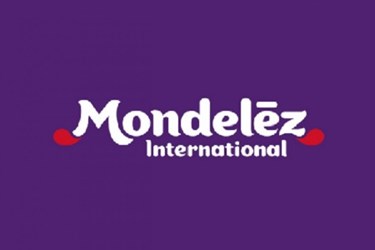What's Happening With Mondelez International's Supply Chain Makeover?
By Melissa Lind, contributing writer

Since 2012, Mondelez International has been deep with a company-wide supply chain renovation aiming to boost productivity while expanding margins and creating cash to induce growth. Here is how it’s shaping up.
Three years ago, a series of acquisitions by Mondelez International had resulted in a complicated and fragmented supply chain for the food-manufacturing giant prompting the company to undertake a massive overhaul of its supply chain. The acquisitions had resulted in a number of inefficiencies in the supplier base, multiple systems for data management, and plant production. The company set three goals for the overhaul: generate $3 billion in productivity savings, create $1.5 billion in net productivity, and create $1 billion in incremental cash. This initiative was titled “quest to be the best.”
During a presentation at the 2015 Consumer Analyst Group of New York conference held in Boca Raton, FL, Daniel Myers, EVP of integrated supply chain at Mondelez International, outlined the company’s methods and progress stating the company focused its efforts on five areas: the leadership team, global manufacturing platforms, the supply chain network, productivity programs, and improved cash flow.
To address these areas, the company made some changes in leadership with moves in half of its positions. The senior leadership team was changed to include management professionals from diverse backgrounds in both developed and emerging markets. In other positions, 40 percent came from within the company and 60 percent were recruited from other C.P.G. companies.
Myers says the production process hasn’t changed a lot in 40 years and the transformation included development of a new, modular design allowing for rapid installation and modifications of production based on best practices used in other modern facilities. New production and equipment was sourced from leveraged low-cost suppliers, which could ensure standardization within facilities. According to Myers, Mondelez International has benefited from cost savings gained through reduced startup costs, waste and staffing requirements, and through increased throughput due to efficiency.
Since 2012, 11 new production sites have been added globally and the company expects to build an additional five sites by 2018. The company’s goal is to have 70 percent of its power brands — such as Oreo, Trident, and Cadbury — produced in “advantaged locations at advantaged costs,” up from 15 percent three years ago. Per plant revenue is expected to rise by 50 percent, with a 2.8 percent increase in net productivity in 2017 alone. As a result of the streamlined production, safety-related events are also down by 75 percent.
Myers indicates the company is making excellent progress and is on its way to be the best-in-class across receivables, payables, and inventory. “We've been very focused on the five outlined priorities and you can see that we are making excellent progress. As a result, we're on track to achieve the goals and provide our company a demonstrable, competitive advantage by expanding margins and freeing up cash to fuel our future growth.”
